Content Warning: Discussions of homophobia, transphobia, mental health and abuse.
Vincent is a transgender artist and writer, whose Premium comic, Crimson Tracks, tackles a paranormal tale set in modern day Sweden. His BL works have grown in popularity for their nuanced approach to LGBTQ issues, religion, mental health and society.
What was your first experience of comics?
The first comics I experienced were Bamse, Donald Duck and other comics that are primarily targeted at children. This however isn’t what influenced my art directly. In my teens I read European comics targeted at adults, feminist comics and manga.
We’ve spoken about the feminist comics you’ve read before. Can you tell me a bit more about the feminist comics scene?
I’m not quite so well versed in the global feminist comic scene, but the Swedish (or perhaps I should say Scandinavian in general) comic scene is peculiar. Graphic novel and story oriented comics don’t sell in the mainstream market the same way they do in America. Aside from American imports and children’s comics, the most you’ll encounter story comics in your average store is in comic magazines that gather multiple comics in one, featuring small bits per issue. Some newspapers also run strips of American imports alongside their slice of life comedy strips. There are graphic novel creators in Sweden who produce story comics for Swedish audiences, but their content is primarily consumed by comic nerds and from what I’ve heard through the grapevine many of the traditionally published creators within that part of the industry are not able to live off their comics alone.
Which brings me on to what makes up the most prominent part of the Swedish comedy industry: Slice of life comedy. Those little strips that fit in your average newspaper and are easy to sell and consume (although they are published as full collections too). Primary thing of note on what you see most in the mainstream: they’re often written from a white male perspective, about straight average family lives. Whether the character is a Viking, a modern age human or an anthropomorphized animal, the perspective written from and appealed to is that of the Swedish man.
But there is an exception to this. On the left flank of the mainstream, there’s a rather powerful feminist comic sphere. The most common comic form here, like in the other part of the mainstream, is the slice of life comedy strip – although some comic artists in the political comedy community also make single panel comics. Sometimes they handle the same topics too! But the perspective is different.
Swedish feminist comics are a beautifully relaxed display of emotions running as free in men as they do women, sexual liberty and bodies that would be considered “imperfect” according to conventional standards. Feminist styles are often completed with hairy legs, rough lineart, and other traits that leave an unpolished look. A thorn in the side of the societal idea that women exist to please men.
It’s all topped off with a healthy amount of self-awareness. I’ve seen characters in these comics stand up for women’s rights one minute and get in bed with a misogynist asshole the next, talk about beauty on a political level one moment and struggle with their body image the other… acknowledge their own racist assumptions, and ponder over what needs to be a feminist battle and what doesn’t. They aren’t perfect. They aren’t black and white. They don’t have all the answers. And that’s what’s so good about them.
They bring up valuable topics in a way that is relatable and approachable. Political punchline worthy at some times, and recognizing grey areas at others.
I think this has inspired my writing style a lot. This casual and shameless approach where we get the chance to see humanity on paper, struggling with real issues and engaging in taboo thoughts and pleasures. Relatable characters that make mistakes, sometimes in a way that goes against their own values. Maybe they even recognize it, but still struggle to stop. Characters that argue, arcs without a clear political/social conclusion other than “it depends, but bottom line is to not be an asshole”. Characters that change and rethink as time goes on, reminding the reader that change is not a sign of weakness, but strength. And above all, because the characters are relatable as people rather than objects to push a political motive with, it leaves room to communicate a message in a more effective way.
If a character vocally states an injustice, that message may be communicated to us verbally, but it exists only as a concept. A statement to be pondered. If we instead see this injustice happen to a character we have grown to care for, it resonates with us in a different way. It’s hard to start arguing about skirt length, “suspicious behaviour”, bathroom laws or whatever it may be, when you get to live a brief moment in the shoes of the person affected.
Sexual liberation and body positivity seems to be a real theme in Swedish feminist comics?
I’m not sure I can say I see this as much in, say, American feminism as I do in Swedish feminism. Due to the sex negative approach in US culture, they have a situation where on one hand women’s bodies are objectified and exploited for higher sales… and on the other hand the reluctance to talk about sex on a deeper level, especially in regards to discussing safe sex, is deeply engrained in Americans from an early age.
With that situation in mind, it’s no wonder American feminists are more likely to be against sexual content, and very concerned with how female characters in the media are dressed – to the point of picking up character designs and “fixing them”, i.e. putting more clothes on the character.
In Sweden, or at least in the circles I’ve been in here, this wouldn’t be regarded as a feminist thing to suggest. Dictating what women should and shouldn’t wear is an absurdly sexist thing to do by our standards. Focus here lies more on the idea of empowering women and their rights to their own bodies and sexuality. In Swedish feminist comics, you would not be shocked to see casually displayed nudity, intimate discussions and – most frequently – talks about periods. There have been entire exhibits and collections of feminist comics about periods!
Feminist comics, and especially feminist erotica, proves that it is not the naked skin or the clothing that covers it that is the issue. It’s how we present the person who lives in it.
It’s this idea of promoting the natural, and wanting to form space for healthy and open discussion about the things that concern most adults. This sex positive approach where health and consent comes first is something I want to portray in my comics too. I don’t want to cover bodies up to prevent objectification, I would rather promote approaching a world where nudity and sex is not an invitation to objectification.
It is not without backlash, however. It seems to be quite the culture shock for many readers overseas.
Can you tell us a little bit about your favourite comic project and the inspiration behind it?
My personal favourite has to be Crimson Tracks. While I like being able to play around freely with characters and concepts in Moonshine, Crimson Tracks is a power project for me. I was inspired to make the comic after I almost jumped before a train after a bad meeting with a psychologist.
I wanted to write something that would give a realistic feeling of hope for anyone else who may find themselves in that situation. That no matter how far you fall down, you can still get back up again and find a new place in life where you thrive. It isn’t easy, it takes time, and it will be hard to trust and hope again – but it’s possible and it’s worth it.
Moonshine deals with learning how to love again. Crimson Tracks deals with learning how to live again.
Was Crimson Tracks your first comic or were there others before it?
I’ve always written stories, poetry and made art. I remember I did some short comedy strips here and there, but they weren’t many. Then I started a comic project that ran for 300+ pages before I rebooted it under the title “Ghost Play” (and later cancelled it entirely).
I actually can’t remember why I started Ghost Play. Memory is a bit blurry from that time due to some abuse I was dealing with online. I do remember my abuser urging me to make comics because he thought my art would do well for it, but I can’t recall if I was already considering doing comics or if that was what planted the thought in my head.
One of the big issues in the LGBTQ community is abuse. Why did you decide to be open about your experience of it and how it affected you?
Silence breeds more silence, and silence is what they use to control us. I was silent for many years, thinking the world would blame me if I spoke up about what I went through. Or that they would think I was silly for being so hurt by abuse that stayed online.
Which some people have done. I’ve been told to shut up about my experiences because there are others who have it harder. But it’s not a contest. We don’t need one group to be silent for the other to be taken seriously. We need to end the silence if we want change. Law enforcement needs to improve in this regard, and for that they need knowledge and we need to let them know it’s urgent. It needs to be prioritized way higher than it is right now.
We also need to teach people from a young age how to spot abusive behaviour. Rip the tools right out of the predators’ hands.
LGBTQ people run a higher risk of being abused because society already abuses them, simple as that. People who are stressed, feel unloved and are insecure have a high craving for affirmation and purpose. Abusers give them affirmation, and then manipulate them into thinking that their relationship is their primary purpose.
It is so hard to leave a situation like that once you’re there, because you just aren’t yourself anymore. You are whoever the abuser wants you to be, and if you leave you are no one. Your life is meaningless, and all that’s left is a rain of insults from the person who made you believe they are the only one who can put up with you. The more people can avoid ending up in that situation to begin with, the better. That is why we need awareness, and awareness can’t happen in silence.
I’m open about my experiences because I’ve realized the only person who benefits from my silence is the man who stole 4 years of my life.

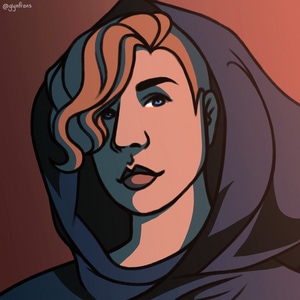
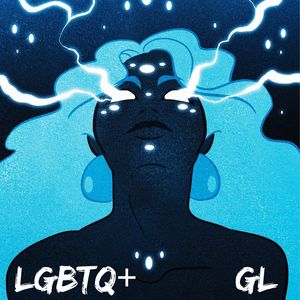

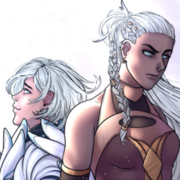
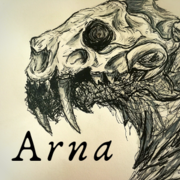
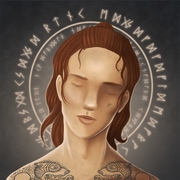
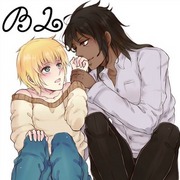


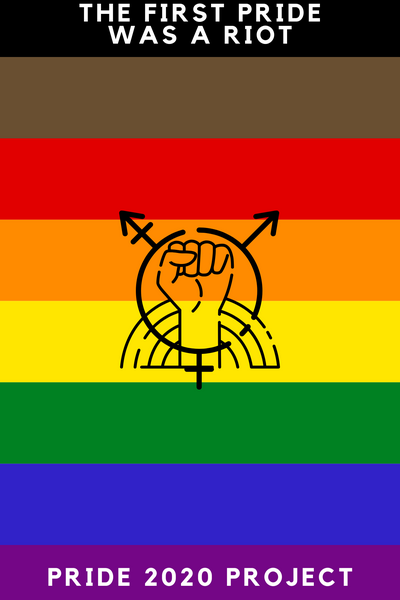
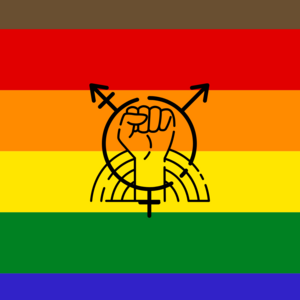
Comments (1)
See all